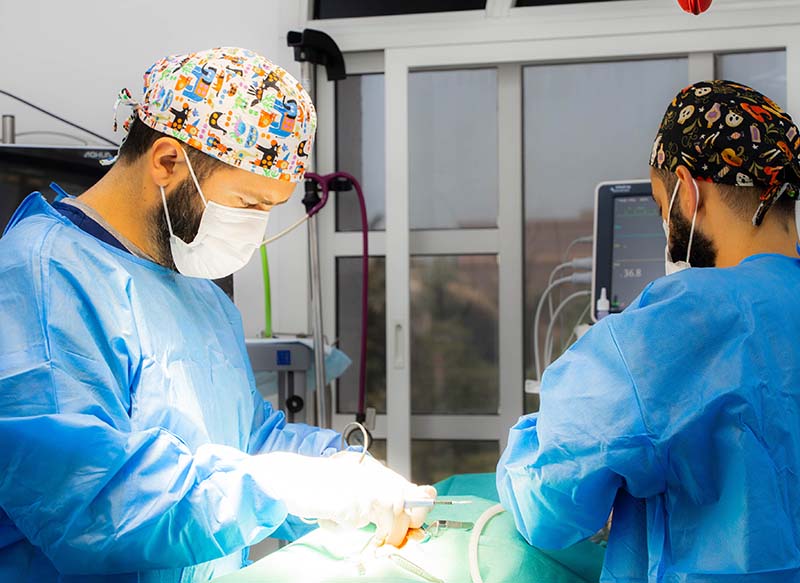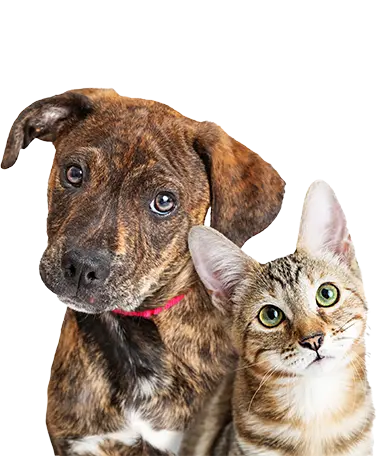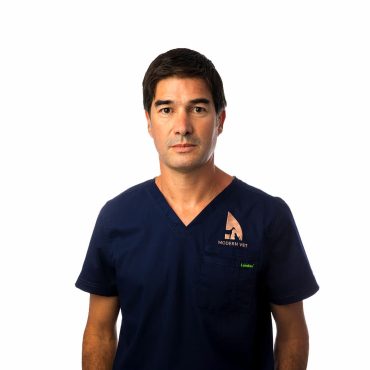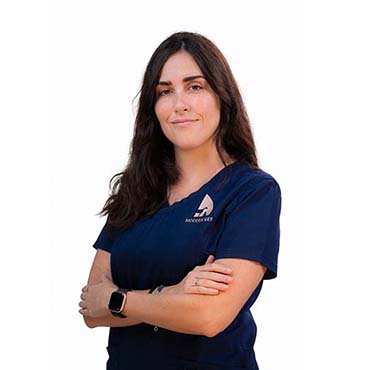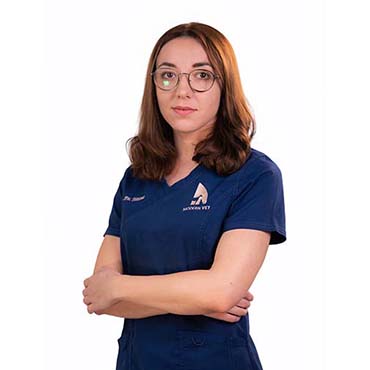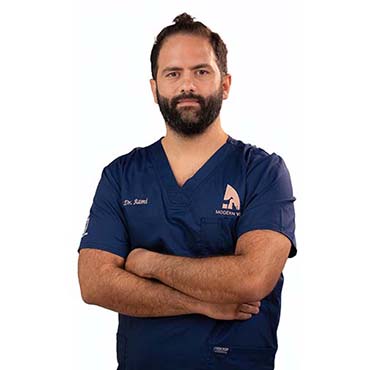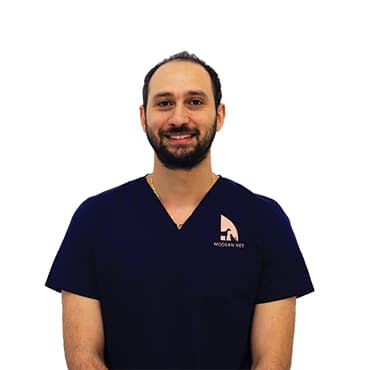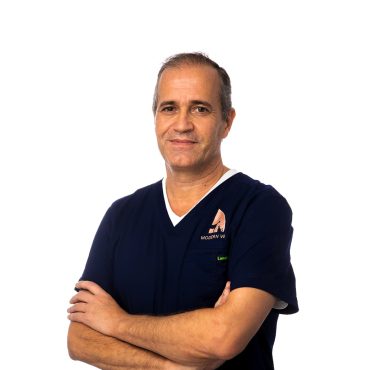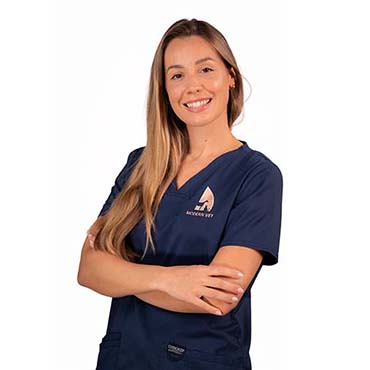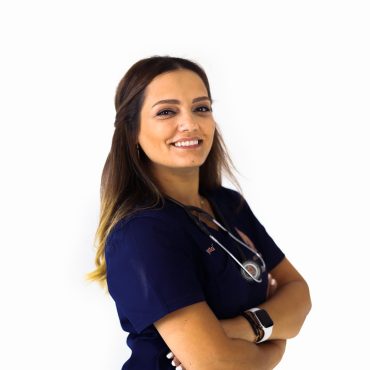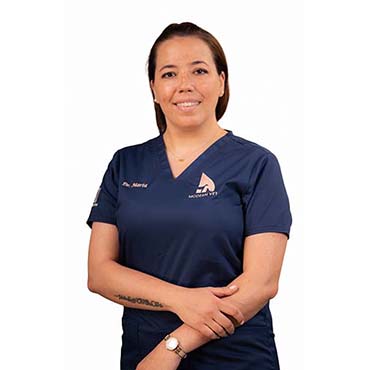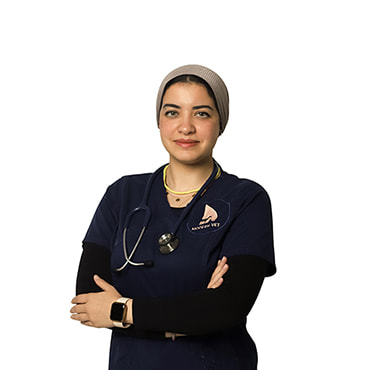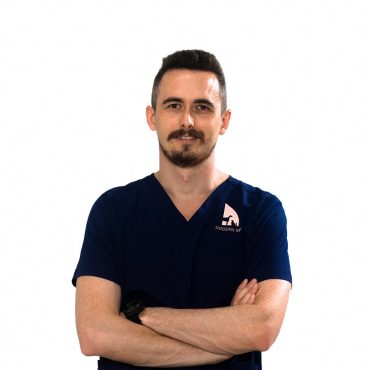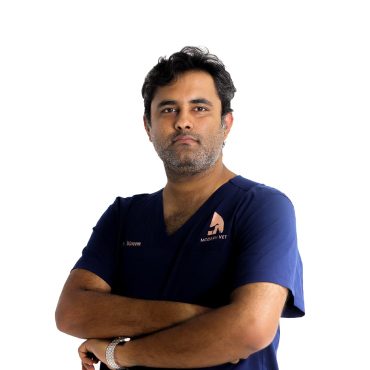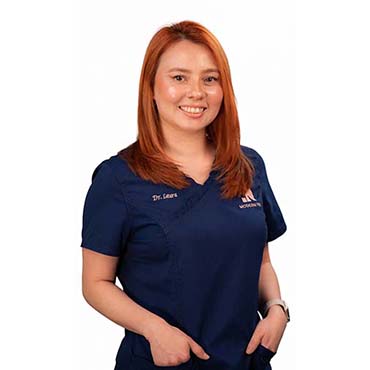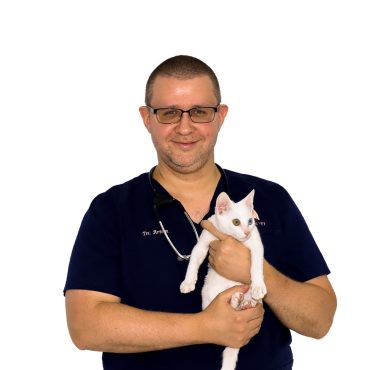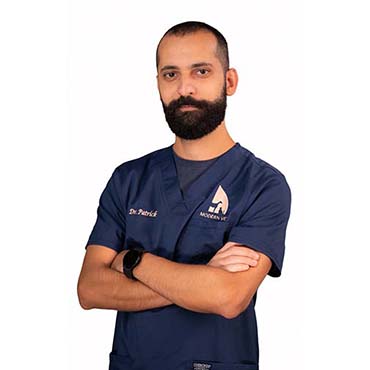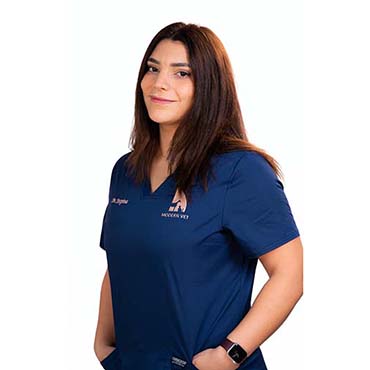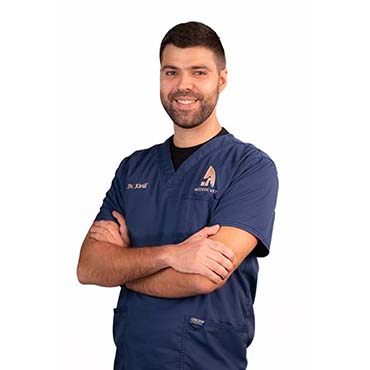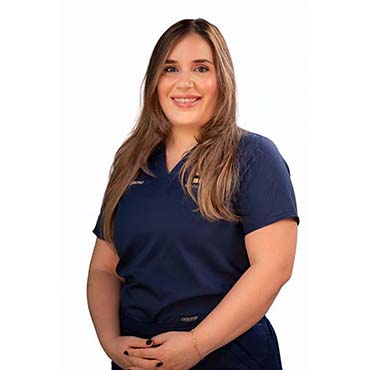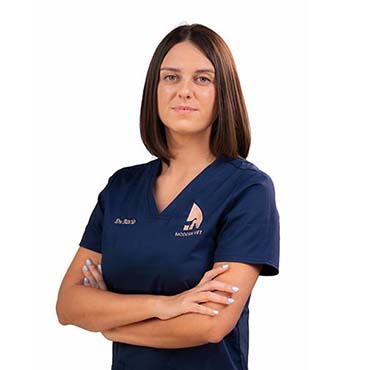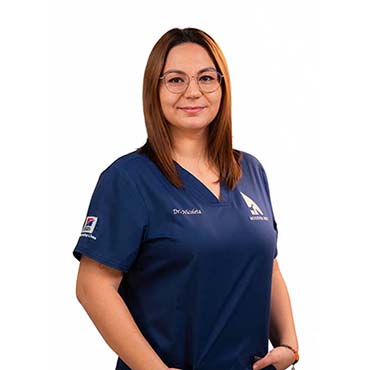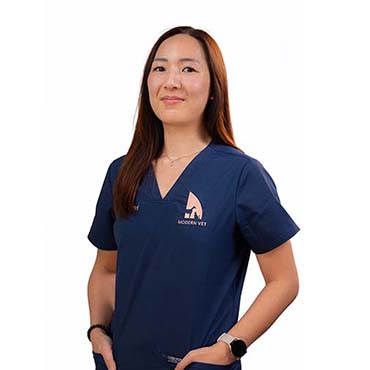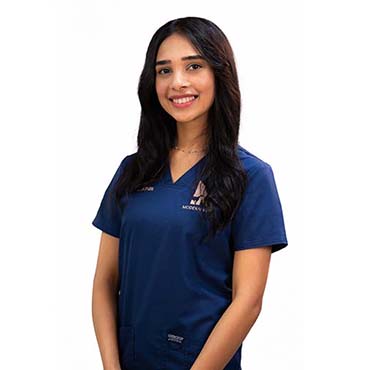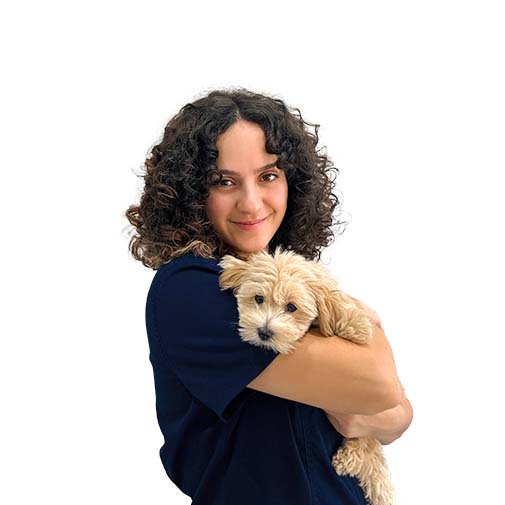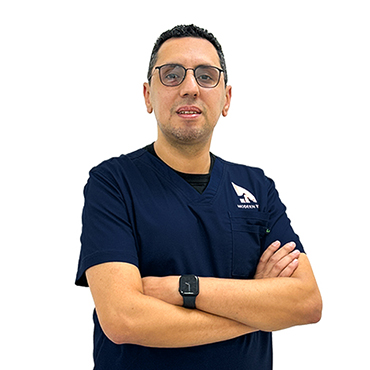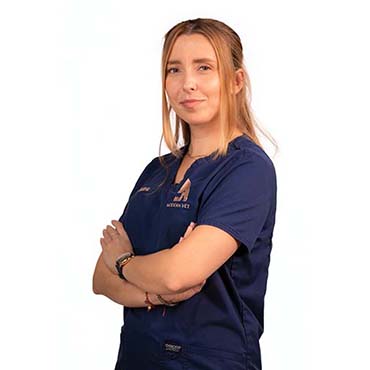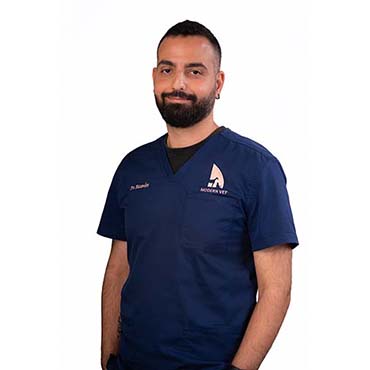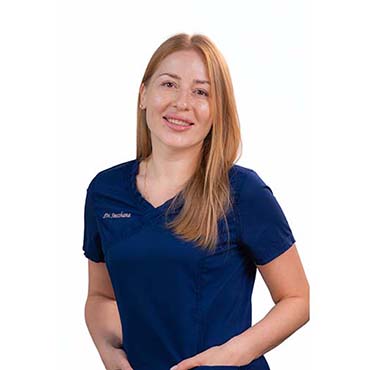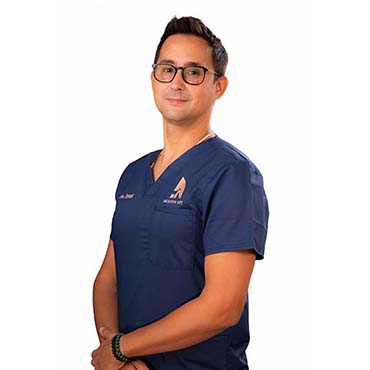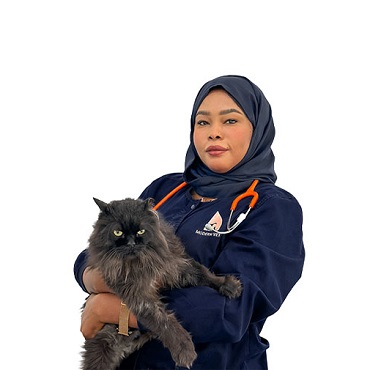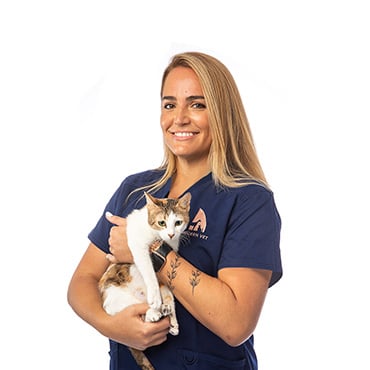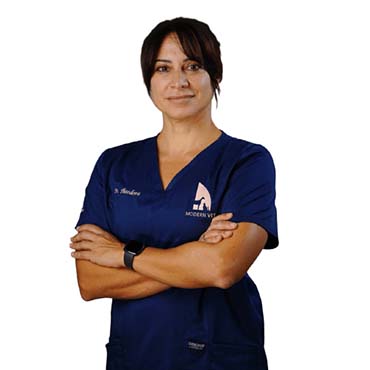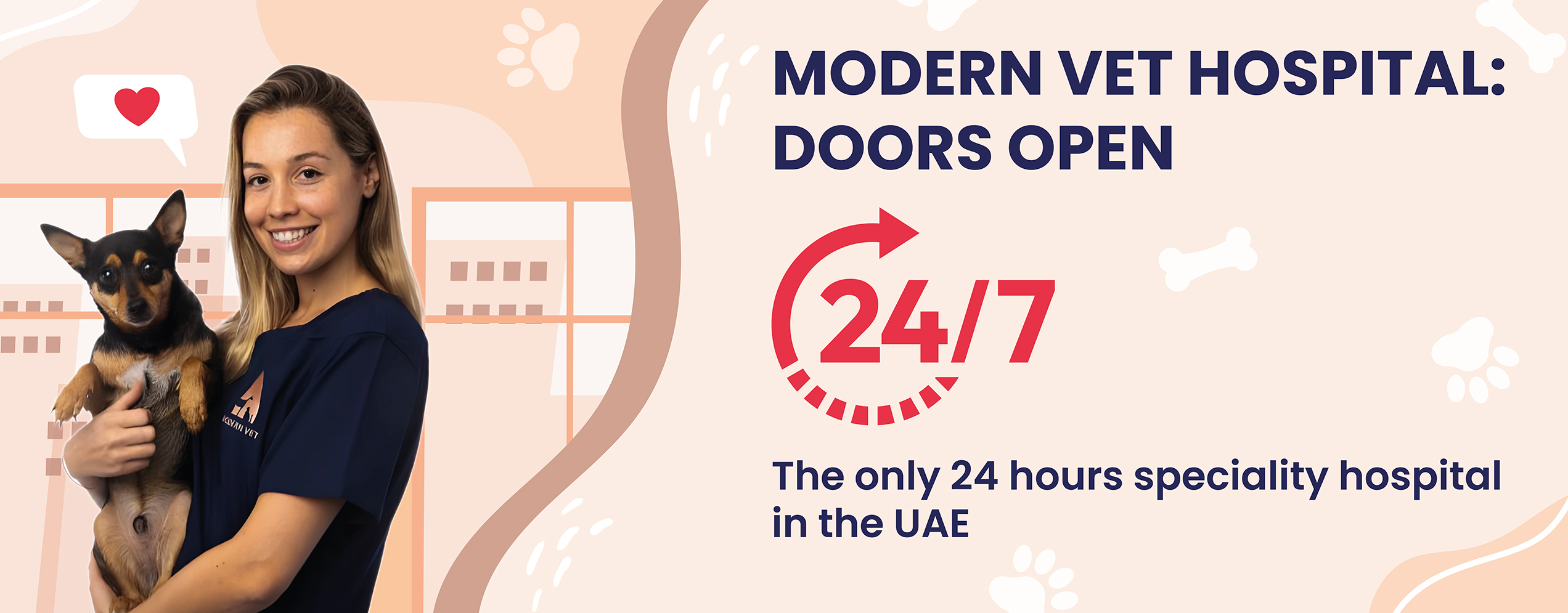Spaying is an important part of being a responsible pet owner. It helps keep the number of pets down and is very good for the health of female dogs and cats. As veterinary medicine gets better, so do the ways we can make sure our pets get the safest and most comfortable care possible. The laparoscopic spay procedure, also called “keyhole spay,” is one of the most cutting-edge choices available today. We are proud to offer this cutting-edge procedure at our modern veterinary clinic. It will make your pet’s experience as easy and stress-free as possible. We’re also happy to announce a special partnership with Hill’s Pet Nutrition: after every laparoscopic spay performed on puppies or kittens, your pet will receive a free bag of high-quality Hill’s recovery food to support healing and immunity. (This offer is not available for adult pets.).
Signs Your Pet Might Be A Good Candidate For Laparoscopic Spay:
Female, 4–12 Months Old
Prefer Short Recovery Time
Large-Breed Dog
Want Modern, Safer Option
Active or Working Pet
Need Surgical Precision
Had Abdominal Surgery Before
Quick Return to Activity
Need Less Pain & Trauma
Enjoy Free Hill’s Recovery Food
Worried About Infections
Avoid Long-Term Complications
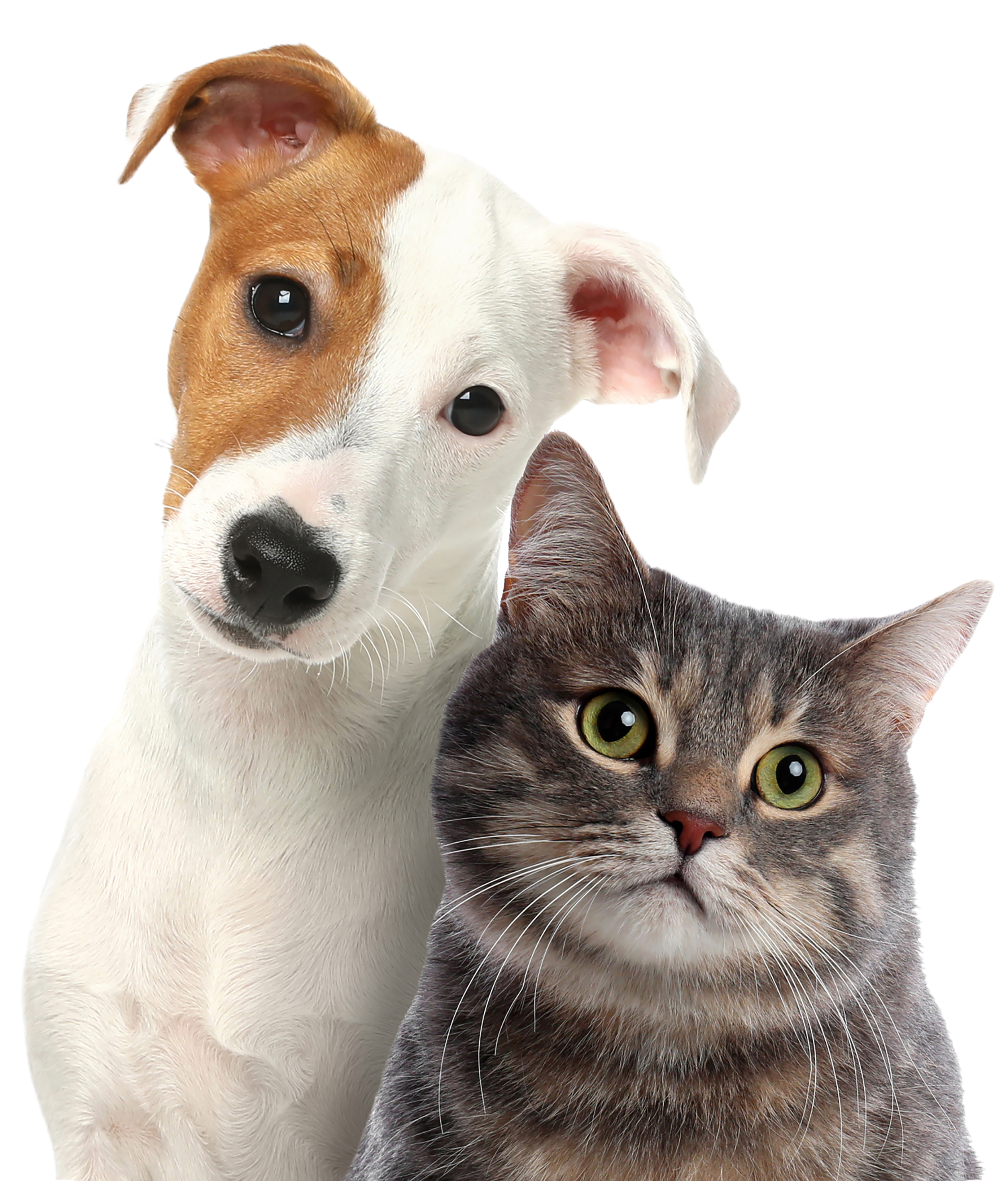
What is laparoscopic spaying?
Laparoscopic spaying is a minimally invasive surgical procedure that has changed the way veterinarians sterilize female pets. The laparoscopic spay only needs two or three very small cuts, each about the size of a pencil eraser, to get to the ovaries and uterus. This is different from the traditional spay, which needs one big cut. A laparoscope and surgical tools are put through these small holes.
The first step in the procedure is to gently fill the stomach with carbon dioxide gas. This gives the surgeon room to work and lets them see the internal organs clearly and up close on a monitor. The laparoscope gives the veterinarian a high-definition, real-time picture that lets them find and remove the ovaries with great accuracy. The uterus is usually left in place unless there is a medical reason to take it out as well.
This method is similar to what is often used in human medicine for many surgeries on the abdomen. The result is a procedure that is less painful, less invasive and has a much shorter recovery time for your pet.
Advantages of Laparoscopic Spay Over Traditional Spay
Less Pain and Trauma
One of the best things about laparoscopic spaying is that it cuts down on pain and trauma by a lot. In traditional spaying, a long cut is made through the skin, fat, and muscle layers. Then, the blood vessels and ligaments that connect the ovaries and uterus are moved and tied off. This can make the healing process very painful.
Laparoscopic spaying, on the other hand, is done through small incisions, and the surgeon uses high-tech tools to carefully cut and cauterize only the tissues that are required. The risk of accidentally hurting nearby structures is greatly reduced because internal organs are handled infrequently. After surgery, most pets feel a lot less pain and need less pain medicine.
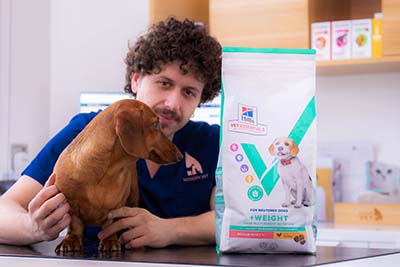
Smaller cuts and a lower risk of infection
Less disruption to the body’s natural barriers occurs with laparoscopic surgery because of the small incisions. The risk of post-surgical infections and complications is significantly reduced as a result. The incisions are frequently so small that they can be closed with a single stitch or surgical glue and heal quickly with little scarring. This is especially important for pets that are active or tend to lick or chew on their stitches.
Faster healing and getting back to normal activities
Pets heal much faster after the procedure than after traditional spaying because it is less invasive. A lot of pet owners are surprised to see their pets up and about, eating, and acting normally within 24 hours of surgery. Within a few days, the majority of pets can resume their regular routines, such as going for walks and playing. Not only is this quick recovery better for your pet, but it also makes it easier for you to take care of them after surgery.
Less chance of problems
The risk of surgical complications like too much bleeding, swelling, or hernias is lower with laparoscopic spaying. The laparoscope makes things easier for the surgeon to see and avoid important blood vessels and organs, which makes the procedure safer, especially for large or deep-chested breeds where traditional surgery can be harder. Less tissue damage and a lower risk of long-term complications result from the precision of the instruments.
Better visualization for the surgeon
The laparoscope gives the veterinarian a clearer, larger view of the surgical area, which helps them do the procedure more accurately and with more control. This is especially helpful for pets with strange body parts or those who have had surgery on their stomach before. The better visualization makes it easier to remove all of the ovarian tissue, which lowers the risk of hormonal problems or complications later in life.
The Procedure Step-by-Step
1. Getting Ready for Surgery
Before the surgery, your pet will have a full physical exam to make sure they are healthy and ready for the anesthesia. Blood tests may be done to look for any health problems that could make surgery or recovery harder. To reduce the risk of vomiting while under anesthesia, it is recommended that you wait several hours before the procedure.
2. Putting you to sleep and getting you in the right position
Your pet will be put under general anesthesia and then gently sedated on the day of surgery. Throughout the procedure, this makes sure they are completely still and pain-free. In order to prevent infection, the surgical site on the abdomen is carefully shaved and cleaned with antiseptic solutions.
3. Putting in the tools
Two or three small incisions are made in the abdomen of your pet after it has been prepared. The laparoscope is put in through one cut, and it sends a live video feed of the internal organs. Specialized surgical equipment is introduced through the other incisions. The surgeon can see clearly because carbon dioxide gas fills the abdomen.
4. Taking out the ovaries
The veterinarian uses advanced cautery tools to carefully seal off the blood vessels and supporting tissues around the ovaries while looking at the enlarged images on the monitor. Through the tiny incisions, the ovaries are then gently removed. In the majority of cases, only the ovaries are removed, leaving the uterus in place. This is enough to stop pregnancy and lower the risk of ovarian cancers or diseases related to hormones.
5. Ending and healing
The abdomen is gently deflated after the instruments are removed from the ovaries. Surgical glue or a single absorbable stitch is used to close the small incisions. Then, your pet is taken to a recovery area where they are closely watched as they wake up from the anesthesia. Most pets are awake and able to go home the same day. They only need to be kept from doing certain things for a few days.
Services Offered At Our Laparoscopic Spay Clinic Include:
Laparoscopic Spay Surgery
Pain & Recovery Support
Pre-Surgical Exams & Tests
Infection Risk Reduction
Safe General Anesthesia
Custom Healing Guidance
HD Laparoscope Technology
For Large or Active Dogs
Precise Ovary Removal
For Post-Surgery Pets
Tiny Incision Closure
Free Hill’s Recovery Food

Who Is a Candidate for Laparoscopic Spaying?
Most healthy female dogs and cats, no matter what breed or size, can have laparoscopic spaying. It is especially good for:
● Dogs of large breeds: These pets often have more pain and take longer to heal after traditional surgery, which makes the minimally invasive method very useful.
● Active or working dogs: Pets that need to get back to work quickly, like service dogs or those in training, benefit from quick recovery.
● Pets that have had surgery on their stomachs before: The better view helps avoid scar tissue and lowers the risk of problems.
● People who want the best for their pets: Laparoscopic spaying is the best and safest choice for your pet if you want them to be comfortable and safe.
Your vet will do a full check-up on your pet to make sure they are a good candidate for the procedure. In rare cases, certain medical conditions or differences in anatomy may make traditional spaying a better choice. But for most pets, laparoscopic spaying is a great choice.
Why Choose Our Modern Vet Clinic for Laparoscopic Spay?
We are committed to giving your pets the best care possible at our modern veterinary clinic. Our team is very skilled at laparoscopic surgery. They use the most up-to-date tools and methods to make sure that the procedure is as safe and comfortable as possible. We care for every pet as if they were our own, giving them kind care and individual attention from the moment they arrive until they leave.
Our facility has the latest laparoscopic tools, and our veterinarians regularly take classes to stay up to date on the latest developments in veterinary medicine. We know that your pet is a beloved member of your family, and we are honoured to be in charge of their care.
Special Offer: Free Hill’s Pet Food After Every Procedure
We know that the recovery period after surgery is crucial for your pet’s health and well-being. That’s why we’re excited to collaborate with Hill’s Pet Nutrition to provide a complimentary bag of Hill’s premium recovery food to every puppy or kitten undergoing a laparoscopic spay at our clinic.
Please note: This special offer is available exclusively for puppies and kittens. Adult pets are not eligible.
Hill’s is a leader in scientifically based pet nutrition, making diets that help pets recover, stay at a healthy weight, and stay healthy for a long time. After your pet’s surgery, our staff will help you choose the best Hill’s food for their age, size, and dietary needs. This will make sure they have the best start to their new, healthier life.
We care about your pet’s health and happiness, and this special deal is just one more way we show it.
Conclusion
Laparoscopic spaying is a new, gentle, and very effective way to sterilize female cats and dogs. It is the best way to do surgery on animals because it has smaller cuts, less pain, a faster recovery, and a lower risk of problems. We are proud to offer this cutting-edge procedure at our modern veterinary clinic. It is done by skilled veterinarians using the most up-to-date tools.
After every laparoscopic spay performed on puppies or kittens, we’re happy to provide a free bag of Hill’s premium recovery food to help them heal and stay healthy. We are here to give your pet the best care possible at every stage of their life.
Please get in touch with our friendly team today if you have any questions about laparoscopic spaying, want to learn more about our special Hill’s offer, or are ready to set up your pet’s procedure. We can’t wait to work with you to make sure your pet stays healthy, comfortable, and happy for many years to come.
FREQUENTLY ASKED QUESTIONS
Learn more about "LAPAROSCOPIC SPAY"
